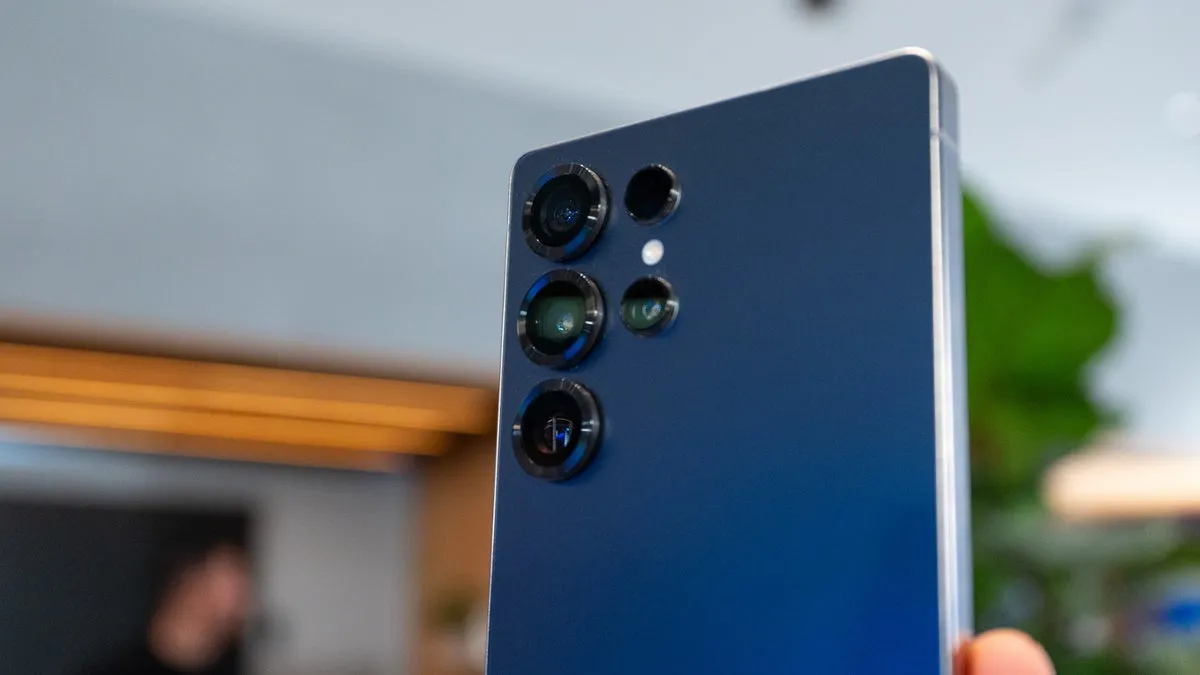
As anticipation builds for the upcoming Samsung Galaxy S26 Ultra, it’s time to temper expectations, especially regarding battery improvements. Despite the excitement surrounding new technology, Samsung appears to be maintaining its cautious approach to battery innovation, sticking to a familiar pattern that may disappoint fans hoping for advancements in this area.
According to a reliable industry insider known for accurate leaks on Samsung products, the Galaxy S26 Ultra is expected to feature a battery capacity similar to its predecessor, the Galaxy S25 Ultra, which is a 5,000 mAh battery. Even if Samsung considers a battery capacity increase, it is unlikely to exceed 5,400 mAh. This conservative strategy stands in stark contrast to the rapid advancements being made by competitors in the market.
While Samsung treads carefully, several Chinese smartphone manufacturers have made significant strides in battery technology. Some of these brands, such as Xiaomi and Oppo, have introduced devices equipped with batteries as large as 7,000 mAh, utilizing advanced battery technologies that enhance overall performance. This slow pace of innovation at Samsung raises questions about their commitment to improving battery life, especially in a market that increasingly values long-lasting power.
Despite the competitive landscape, Samsung continues to defend its design choices. A recent interview with a Samsung executive reiterated the decision to keep the Galaxy S25 Edge’s battery at 3,900 mAh. The lack of substantial improvements in battery capacity reveals a reluctance to adapt to changing consumer demands, particularly as rivals push the envelope with more robust offerings.
In addition to its underwhelming battery capacity, the Galaxy S26 Ultra is also expected to retain its slow charging speeds. Reports indicate that the device will stick to a conventional 45W wired charging, which significantly lags behind the capabilities of many Chinese smartphones that now boast charging speeds of up to 120W. This slow charging technology could further diminish the appeal of the Galaxy S26 Ultra among power users who prioritize efficiency.
While Samsung is focusing on delivering a reliable product, other companies like Apple are exploring alternative methods for battery optimization. Apple’s forthcoming iPhone 17 Air aims to utilize Apple Intelligence for battery management rather than increasing physical capacity. This trend towards slim designs with smaller batteries may reflect a broader industry shift, but it leaves many consumers yearning for more substantial improvements.
As if the news about the Galaxy S26 Ultra wasn’t discouraging enough, reports suggest that the upcoming Galaxy Z Fold 7 will also feature a modest 4,400 mAh battery. This trend of prioritizing aesthetics over functionality raises concerns about the future of battery technology in flagship devices.
In conclusion, as the launch of the Samsung Galaxy S26 Ultra approaches, it seems that the company is not ready to prioritize battery improvements, leaving many fans of the brand feeling disheartened. With fierce competition in the smartphone market, it remains to be seen how Samsung will navigate this critical aspect of mobile technology moving forward.